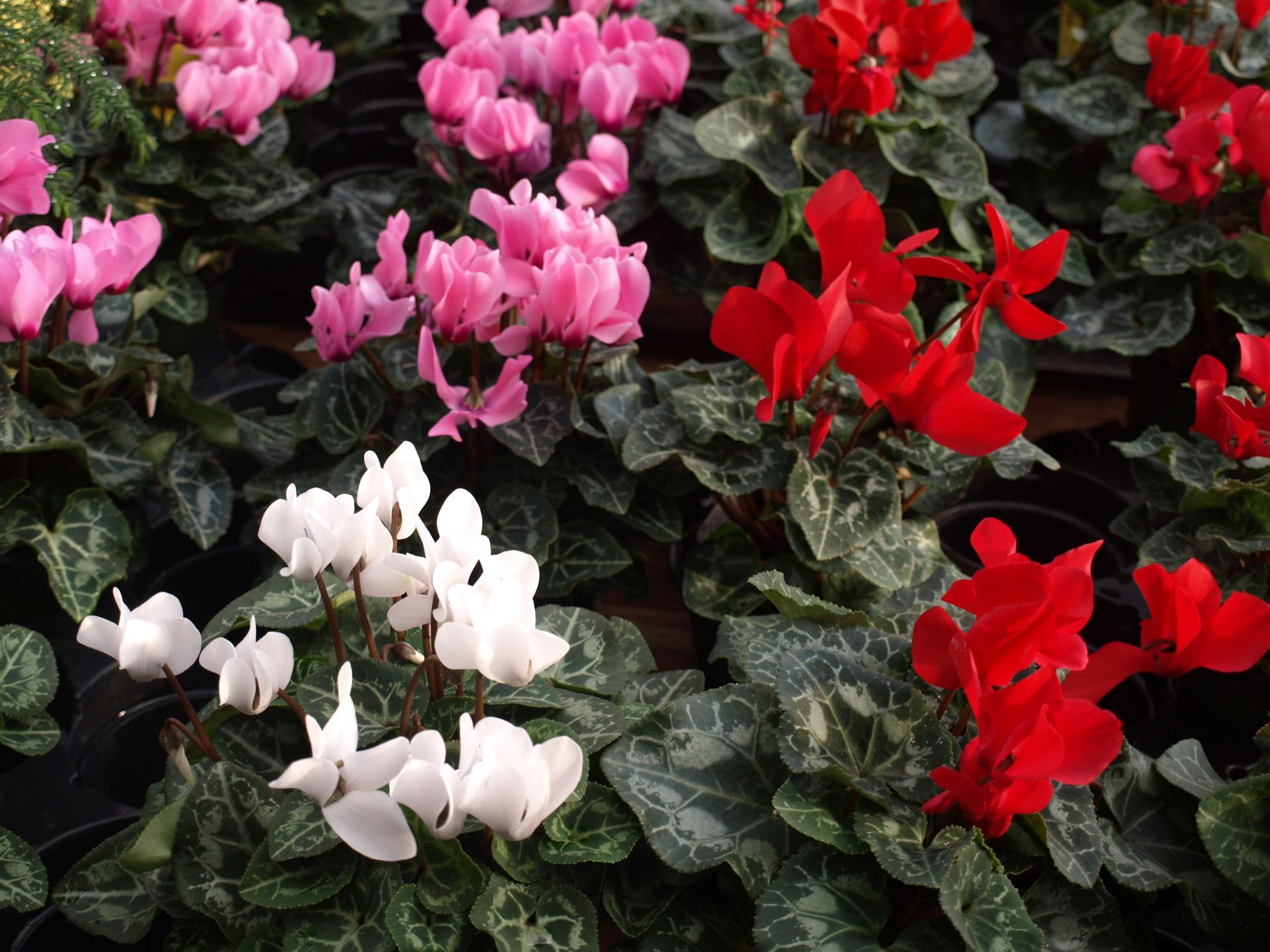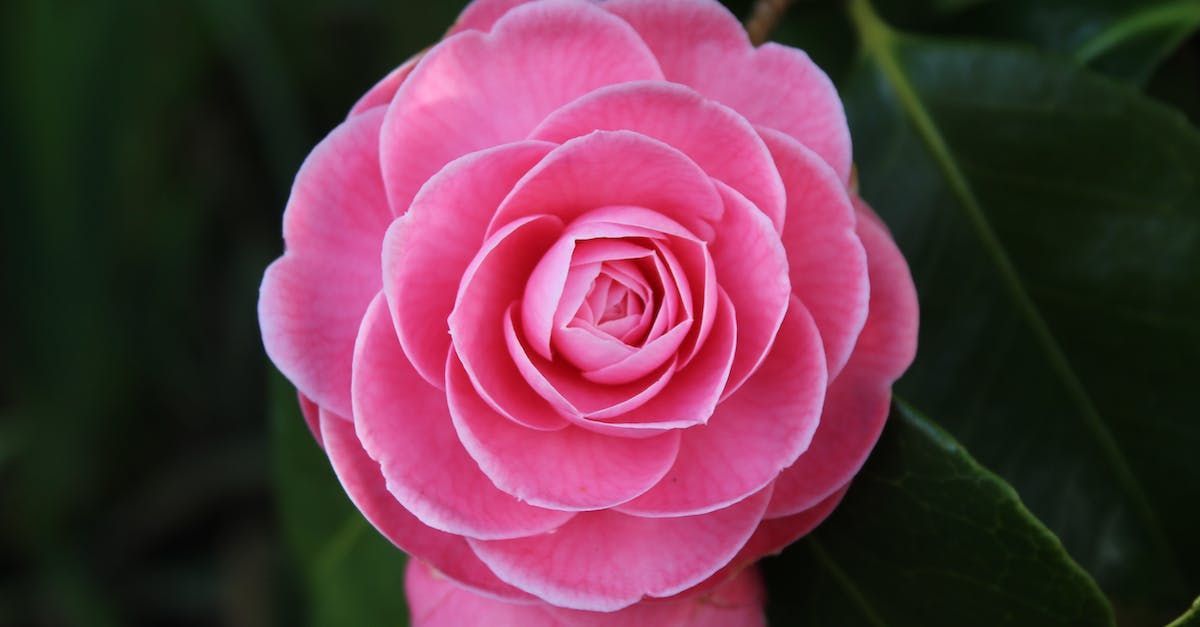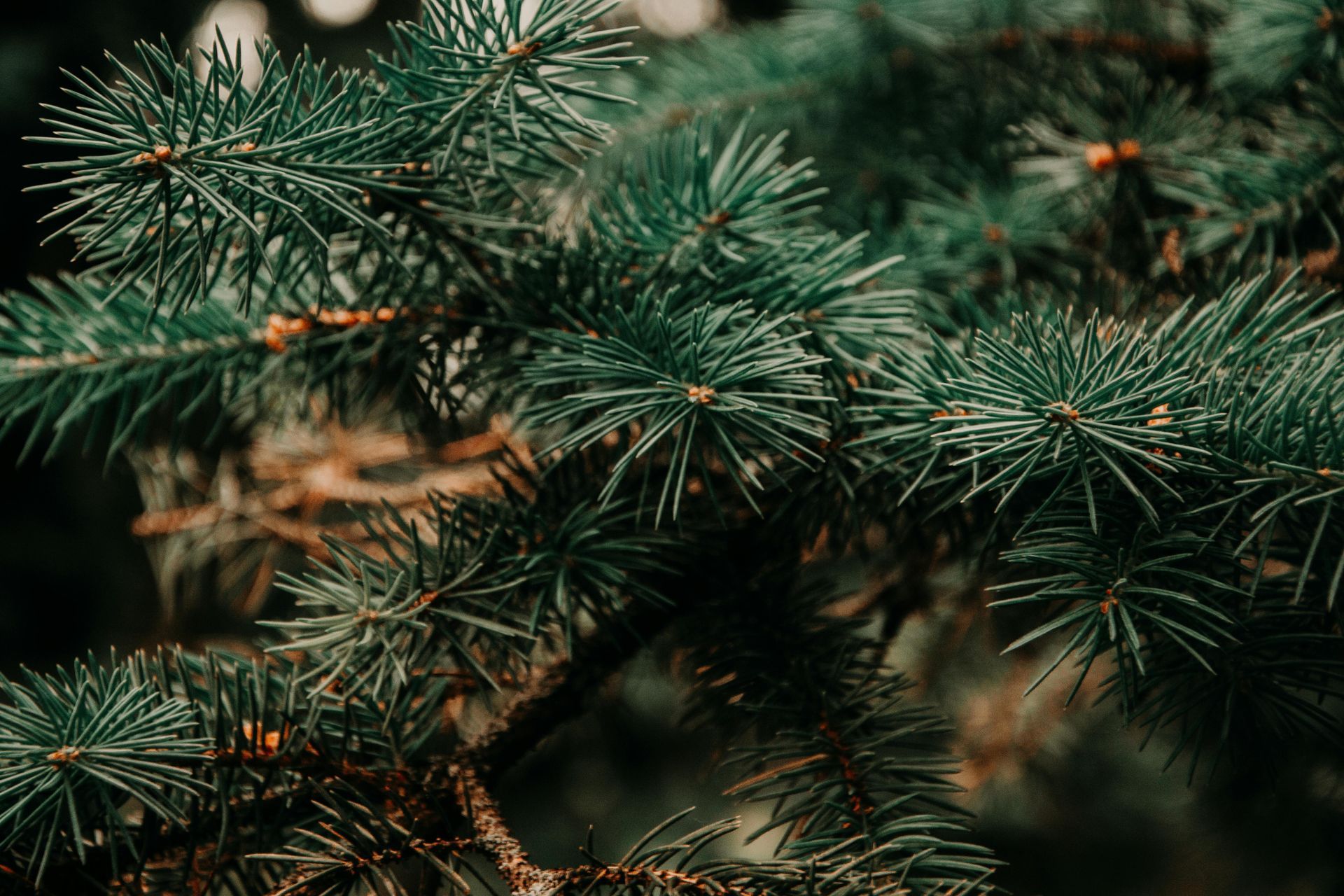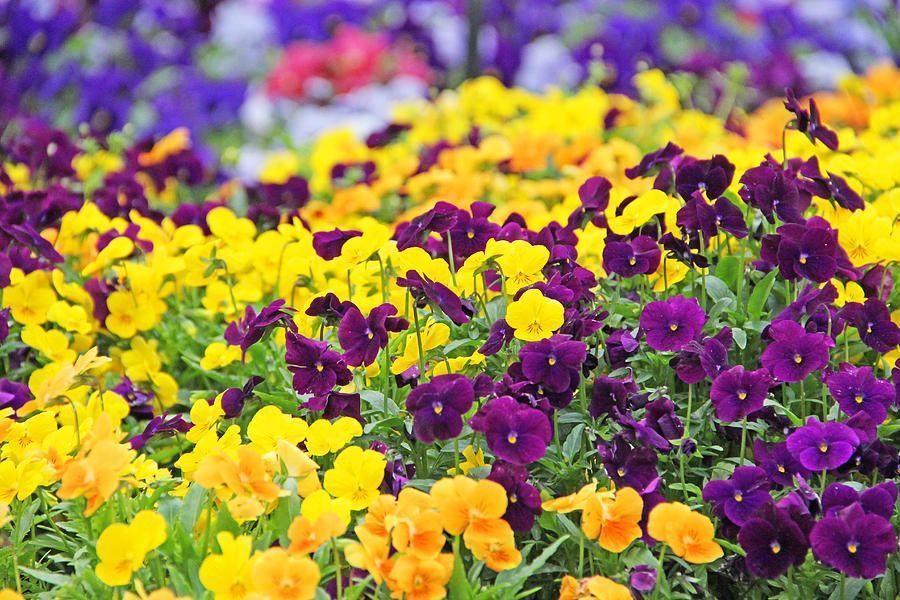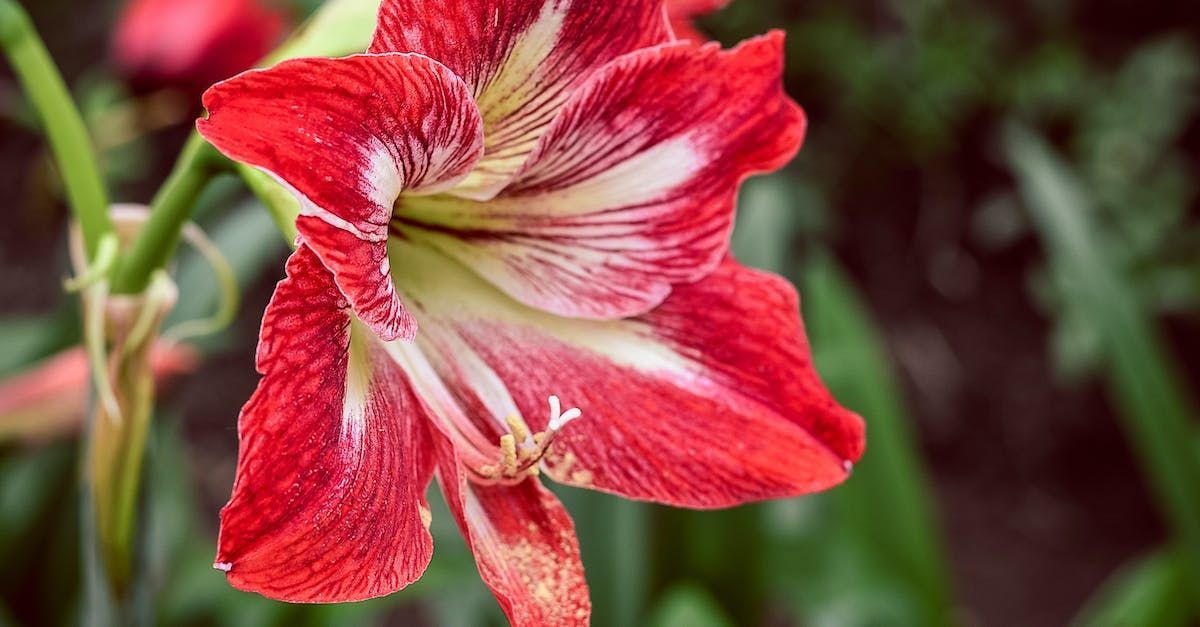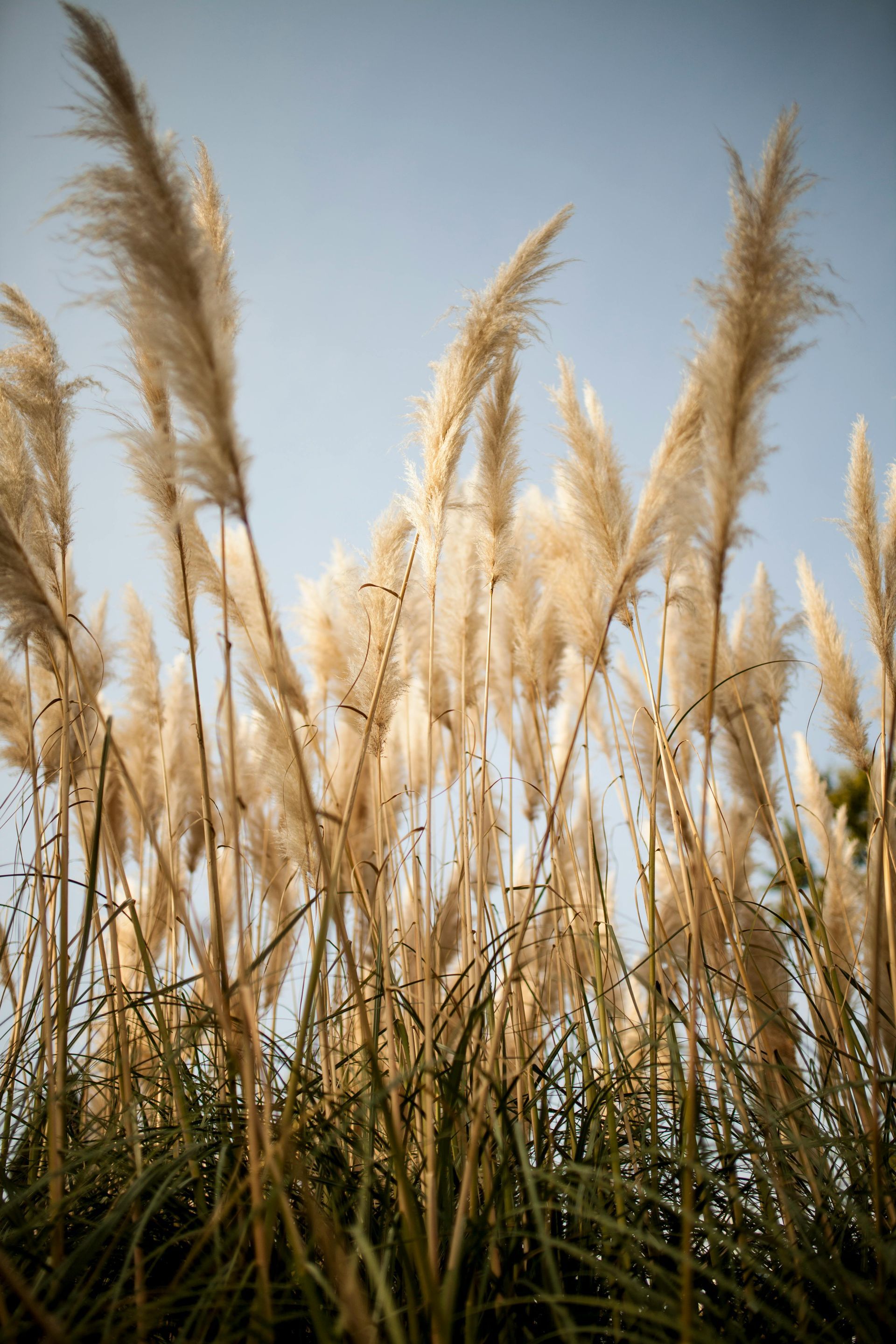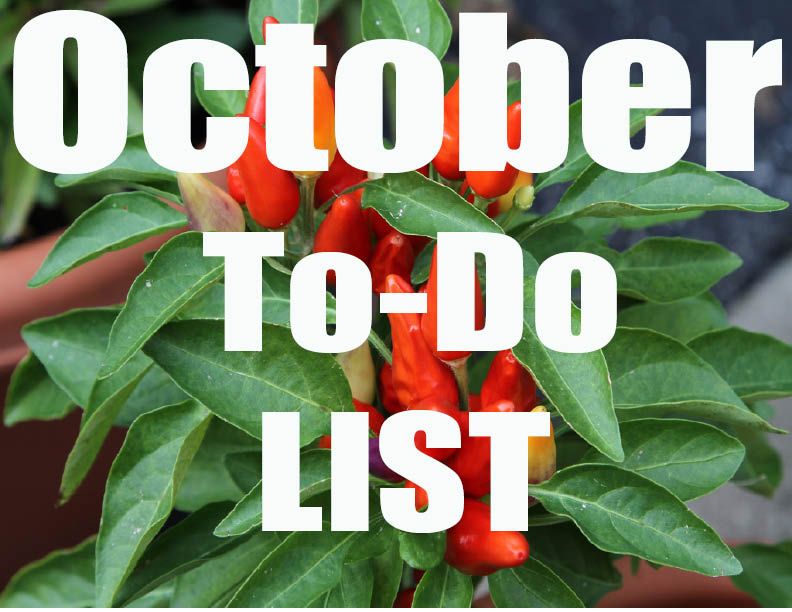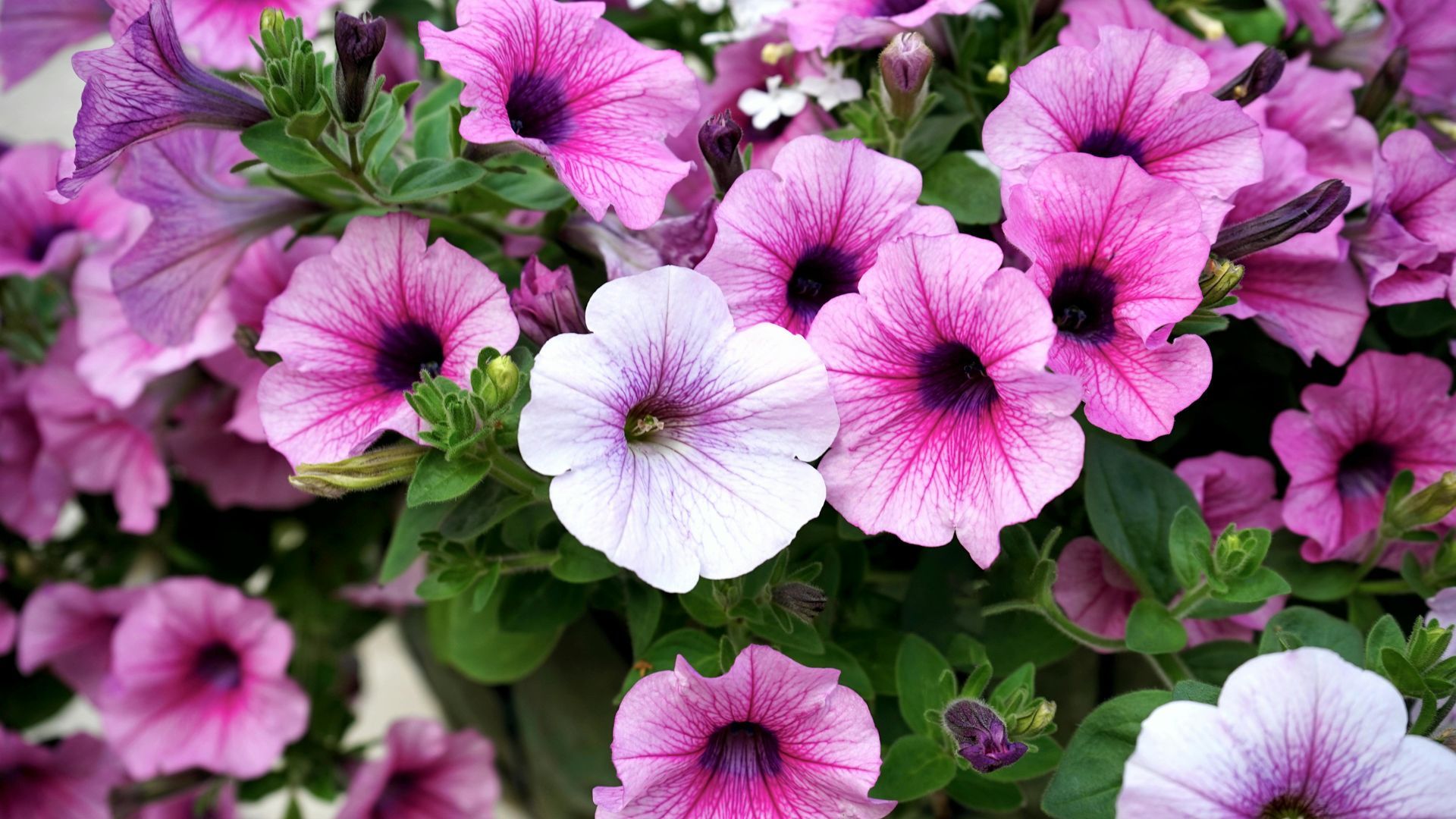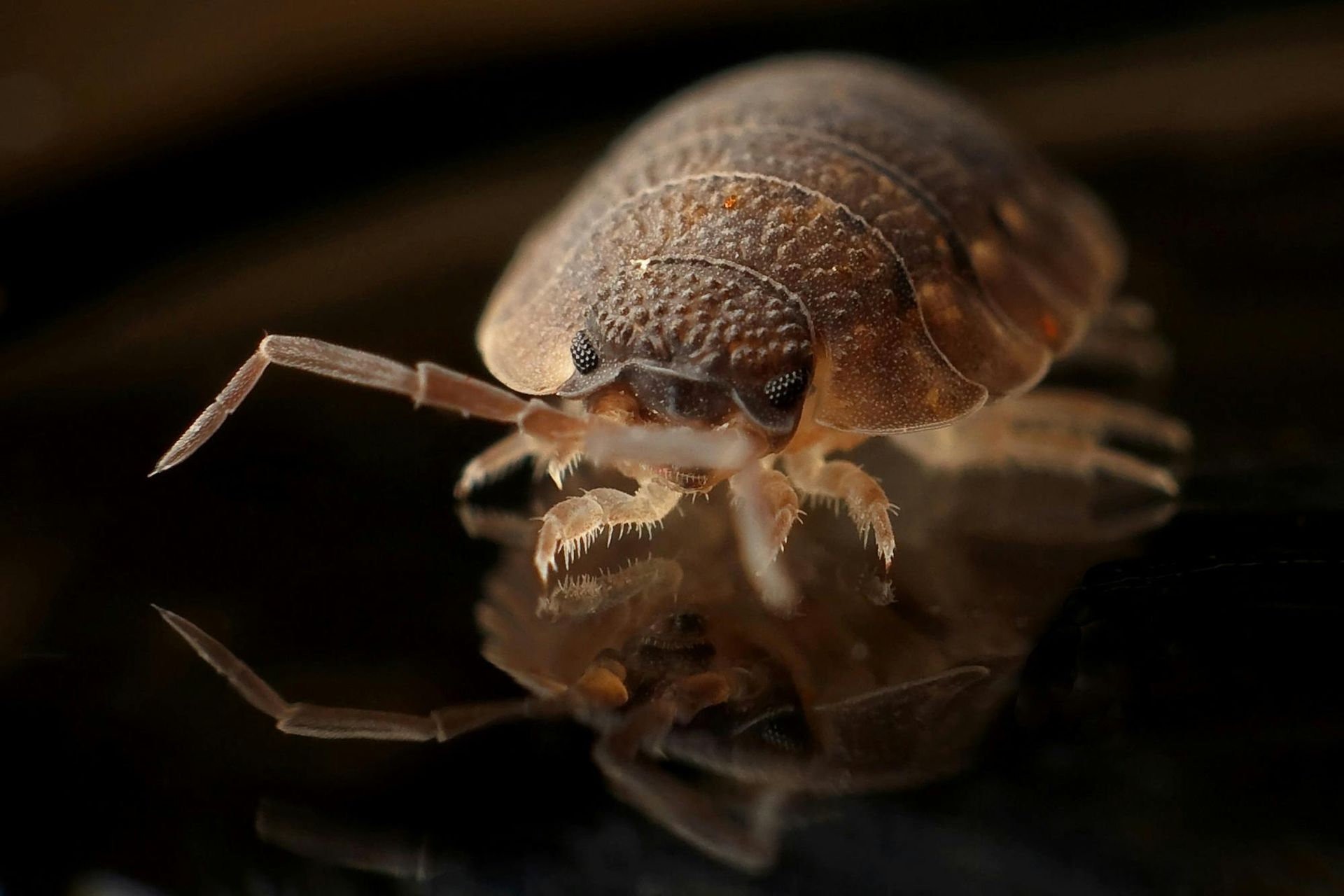Crotons are the Cure
Fall is just around the corner, but we know it feels an awful lot like summer. These temperatures are likely to persist for the next month, if not longer, and true fall color on the trees in the area might be months further away. The tropical croton (Codaeum variegatum) is the cure for drab Louisiana landscapes needing a jolt of fall color. Though they come in many, many varieties, the classic croton that shows the most color is the popular Petra Croton. All varieties will show many shades of orange, yellow, and reds, including burgundy and almost purple in some types.
There are a few tips with understanding how to properly and effectively use crotons in the landscape, or as potted plants for fall décor. First of all, crotons are fairly tropical plants, and have a cold hardiness somewhat similar to tropical hibiscus. Gardeners had become confident of their year-round durability after a period of mild winters in the 90’s and early 2000’s, but most of the past several years have been much too cold for a croton to endure without protection. Those who want to plant crotons outdoors and keep them from year to year should plant in a sheltered, south-facing location, and be prepared to bury them under pine straw and/or cover with frost blankets.
Secondly, crotons are not especially fond of wet feet, and moisture will be much more of a problem in heavy, clay soils. Any crotons planted in the ground should be put in raised beds, or at least beds that have been heavily amended with a planting mix. Potting soil is also an acceptable amendment for annual plantings, as it is typically full of perlite, and makes an ideal substrate for not only crotons, but other annuals requiring excellent drainage, such as dianthus, pansies, or cyclamen (which will be coming a little later as temps cool). Crotons should only be watered when they are pretty much dry. It is acceptable to look for early signs of wilt before watering your croton for the first time, as the frequency of watering can vary widely based on environmental factors such as wind, sun, soil type and container size, etc.
Another consideration for crotons is the right light. Crotons will show the best color with plenty of sun, but very exposed locations, especially long afternoon exposures, can almost be too much, and will cause leaves to be somewhat washed-out, and leads to more likely scorching from the combination of drought and sun exposure. Keep in mind that crotons like to be dry, but if you wait too long to water and it is in hot afternoon sun, the result will be brownish scalding on the upper leaf surfaces. Deep shade certainly keeps these beauties from burning, but the variegated colorings of the leaves will darken and the plants will be much less vibrant. I think that filtered light, or partial sun exposure, is ideal for these plants.
Crotons make excellent container plants, and can even be brought in for winter and grown as houseplants! Container plantings are usually much more insulated from the diseases and headache associated with overwatering and heavy rains, especially if a light mix for indoor and tropical plants is used. Crotons are okay with less than full sun, and will certainly be happy for a few months indoors, especially if given a bright window to grow in our set outside on warm winter days.
Crotons are basically grown for their foliage, and should be given balanced fertilizer, or fertilizers containing more nitrogen, such as Osmocote. Fertilizing should be done in early fall, especially if plants are expected to stay outdoors over the winter. Any fertilizing after early October should be achieved with a slow-release organic source, such as Blood Meal. These plants are fairly slow growing, so pruning should be minimal, but never prune any outdoor plants late in the fall. Cutting will stimulate new growth, and new growth will be much more sensitive to drops in temperature than mature stems. If you’re trying to keep a croton’s growth to a certain height, trim at a point somewhat lower on the stem. The plant will typically sprout new growth from where it is cut, so plan accordingly, and trim down below this, so that new growth will not undo the intended size reduction.
We have many more than the common varieties. Come over to check out some of these unusual and striking varieties.

